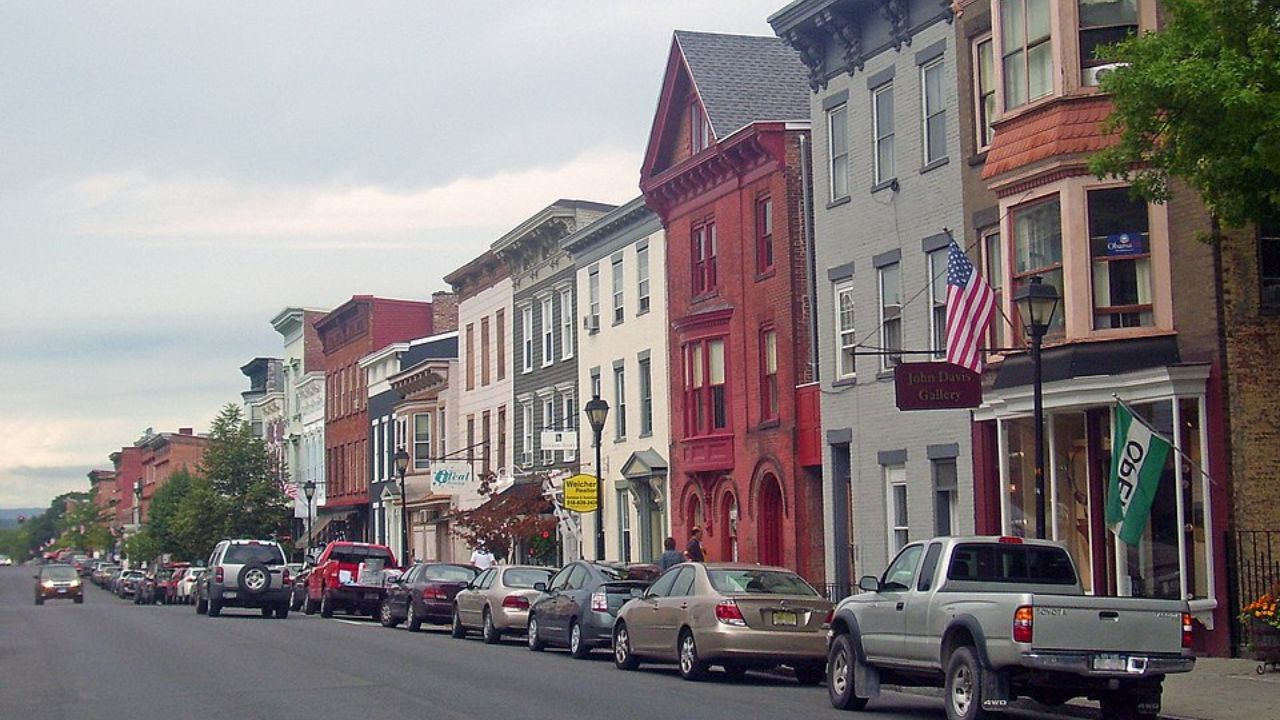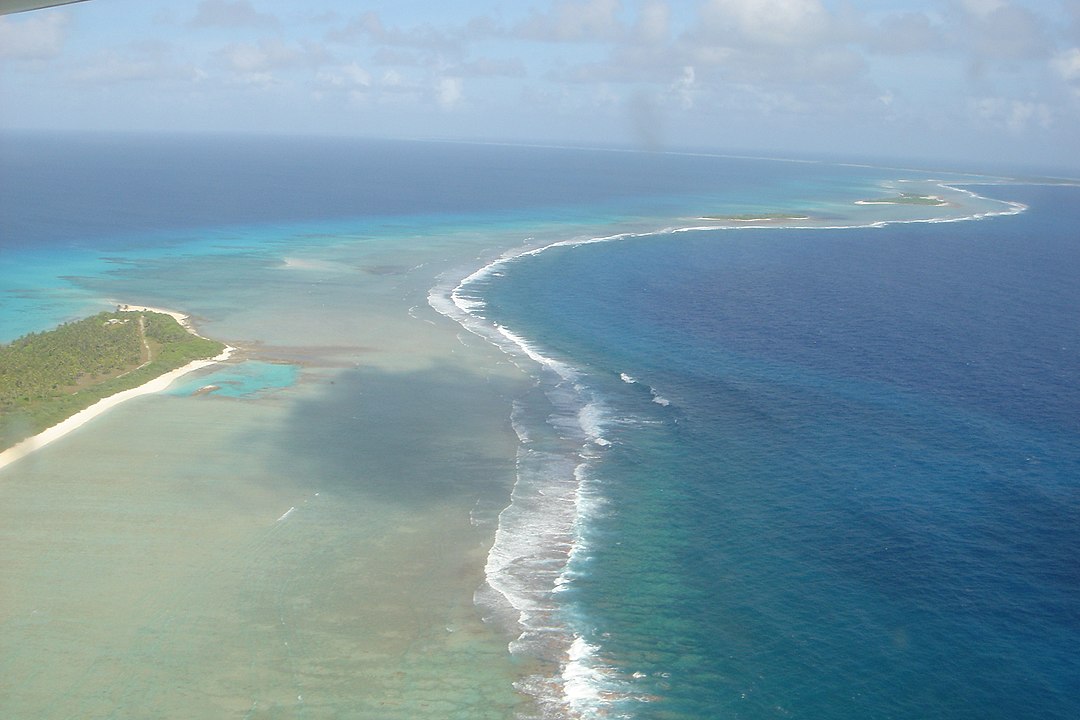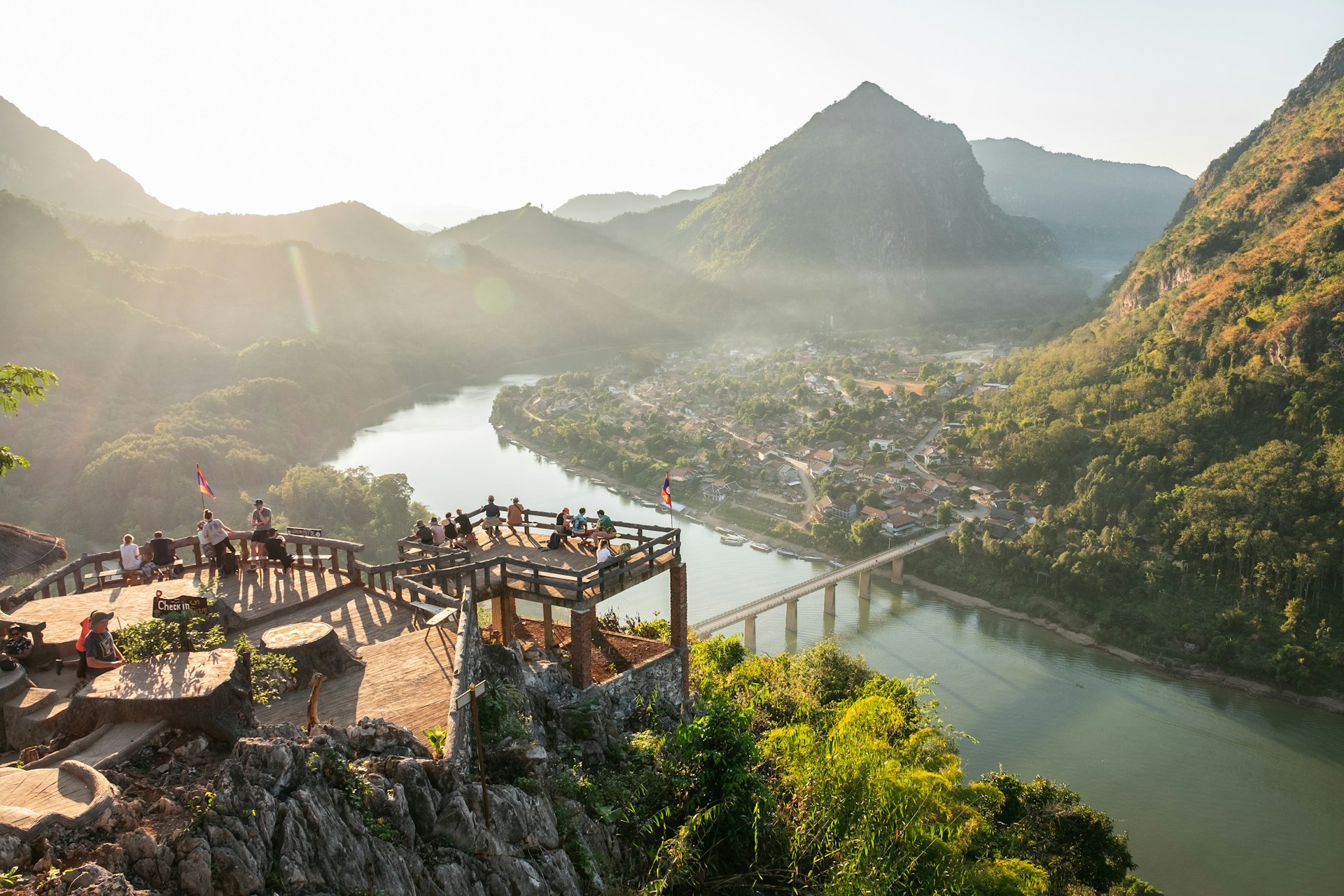Eastern New York hides calm places where forests, farms, and hills muffle city noise. Many towns date to the 1700s, with small populations and slow roads. You will find covered bridges, state parks, quiet lakes, and simple main streets. Cell service can fade in valleys, so download maps. Winter brings ice on shaded curves, so drive carefully. Respect private land, trail signs, and low speed limits through villages. Pack water and cash for farm stands. These towns feel unhurried, yet they sit within a few hours of Albany or the Hudson.
1. Austerlitz
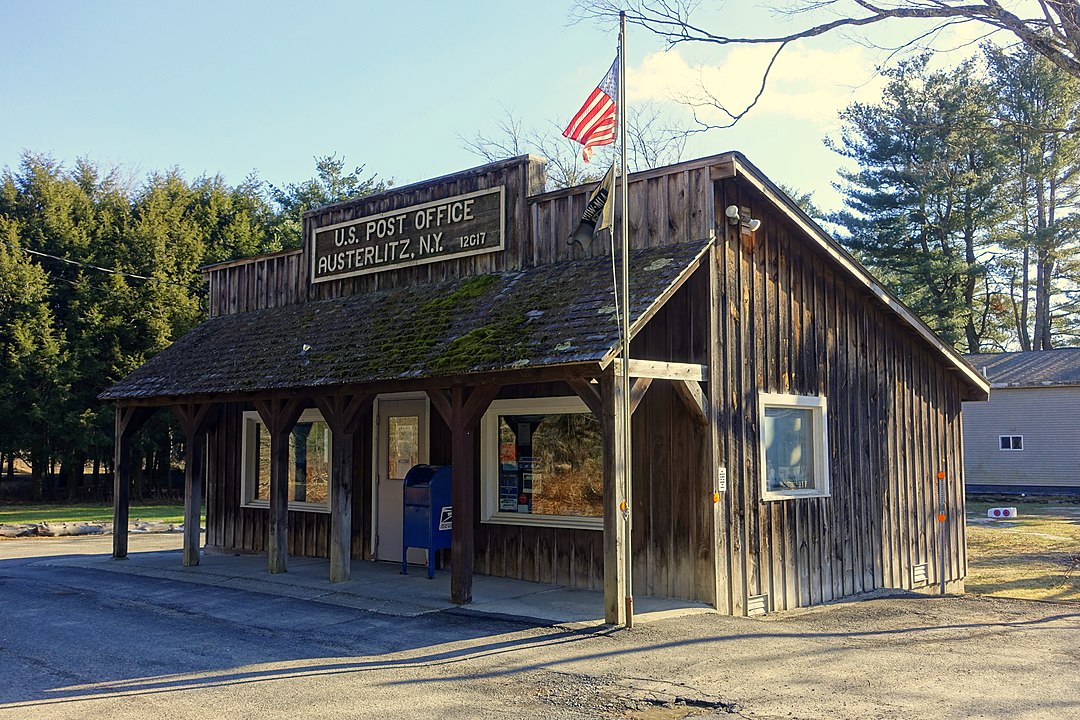
Austerlitz borders Massachusetts and includes hamlets like Spencertown. Stone walls, sugar maples, and dirt lanes make the hills feel timeless. The town formed in 1818 and still counts only a few thousand residents across many miles of backroads. You will hear wind in the trees more than traffic. The historic schoolhouse hosts small events, then nights go quiet. Services are limited, so fuel up before leaving larger centers like Chatham. In winter, black ice lingers on north slopes. Bring layers, a paper map, and patience for one-lane bridges.
2. Canaan
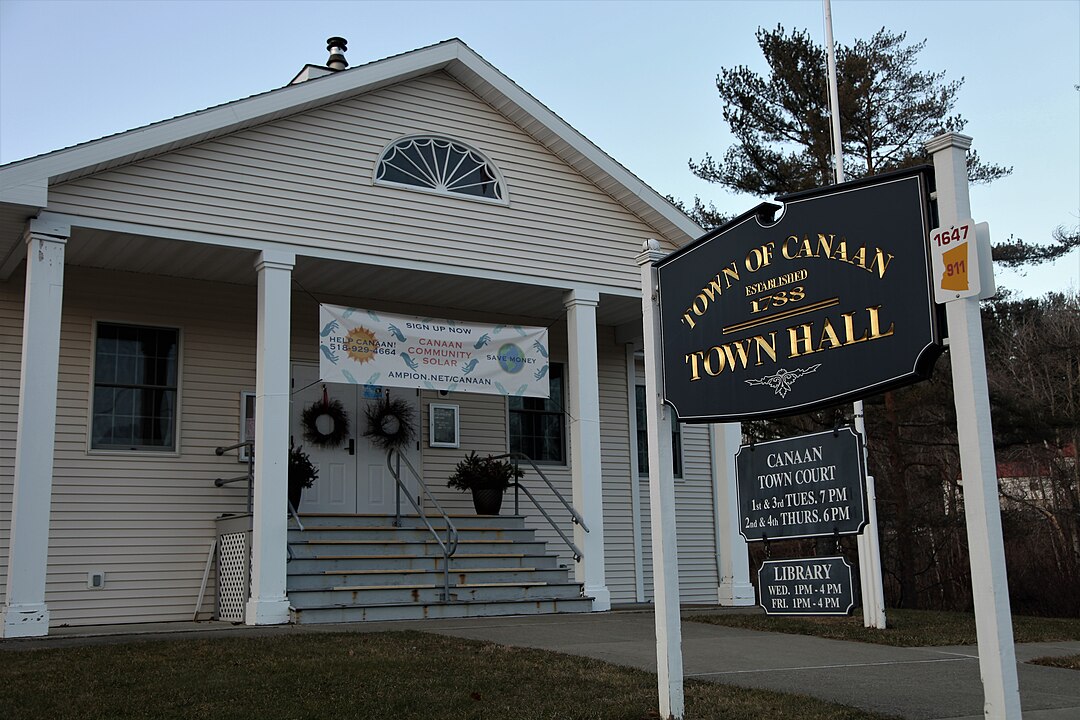
Canaan’s woods fold around Queechy Lake, a clear pond with gentle shores. The town changed its name in 1788, and old farm lanes still shape travel today. Hills rise fast from the valley, so sunsets fade early behind ridges. Fishing boats idle past reeds on still mornings, and loons echo across the water. Stores close early, so plan meals ahead. Many roads have no shoulders, which keeps speeds slow and noise low. Watch for deer at dusk, and pull fully off before taking photos.
3. New Lebanon

New Lebanon holds the Mount Lebanon Shaker site, a quiet cluster of 1800s buildings set among fields and woods. Trails loop past stone foundations and long barns. The valley opens to broad views, yet nights stay dark because there are few streetlights. You can hear crickets and the creek after sunset. Winters run long, and the first frost often arrives in October. Bring a flashlight for late walks and microspikes if you explore shaded trails after a thaw. Cafes are small, friendly, and mostly daytime only.
4. Chatham
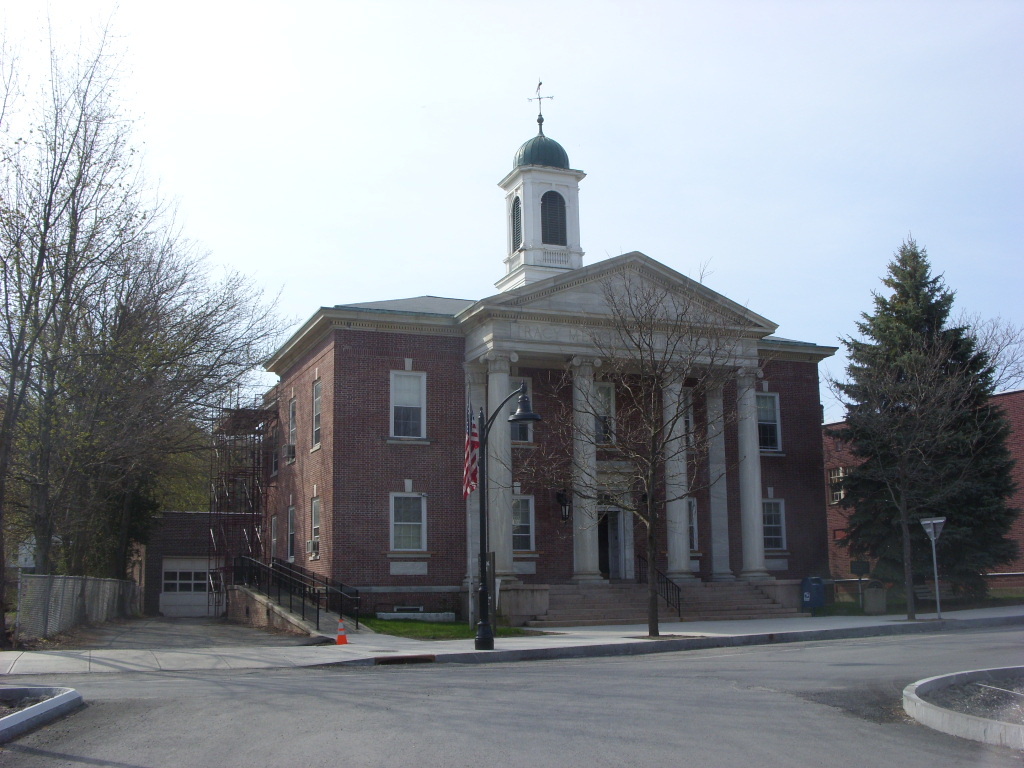
Chatham pairs a tiny downtown with long, peaceful backroads. An old depot anchors the village while side streets lead to porches and trees. Outside of event weeks, traffic is light and parking easy. Locals greet walkers, then slip back to garden work and errands. Trails nearby cross wetlands and farm edges, where herons lift at the slightest noise. Speed limits drop to village pace, and it makes sense. Children play near greens and pocket parks. Evenings settle early, and stars return when clouds clear.
5. Kinderhook
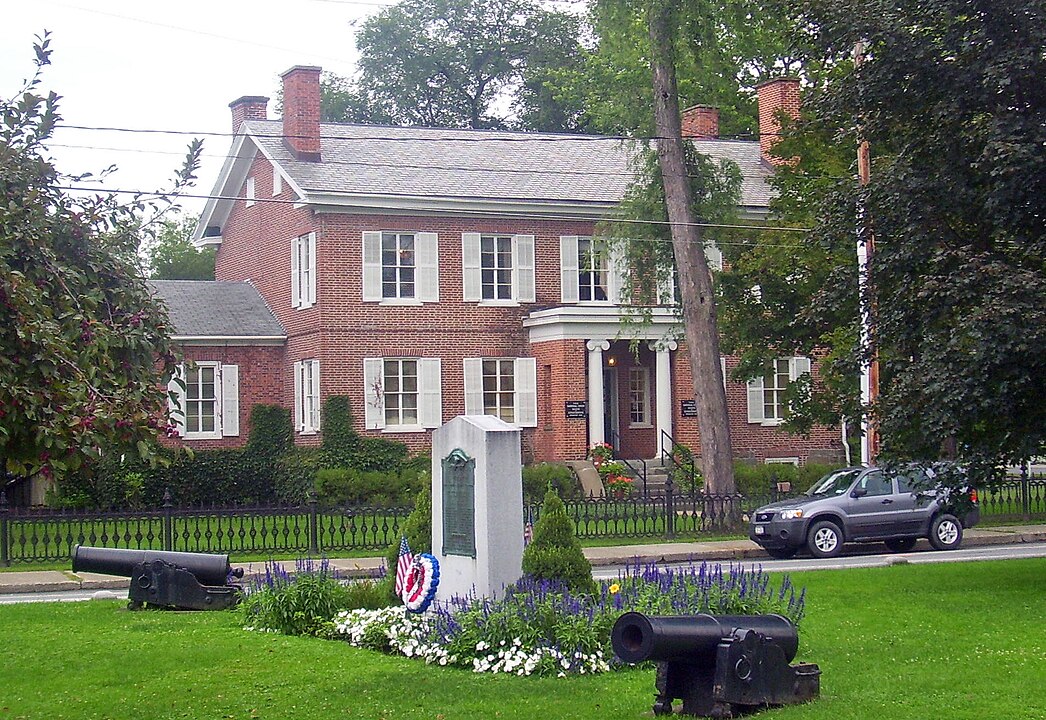
Kinderhook links quiet farmland with deep history. The village green, brick houses, and tree-lined lanes create a walkable center. Country roads spread out to Valatie and Niverville, where lakes reflect maple hills. The pace is steady and calm, even in summer. Cyclists favor early mornings to avoid heat and traffic. Bring lights for shaded stretches and share narrow lanes. Historic sites sit close to neighborhoods, so please park only where signs allow. Small diners close by mid-evening, which keeps nights peaceful.
6. Stuyvesant
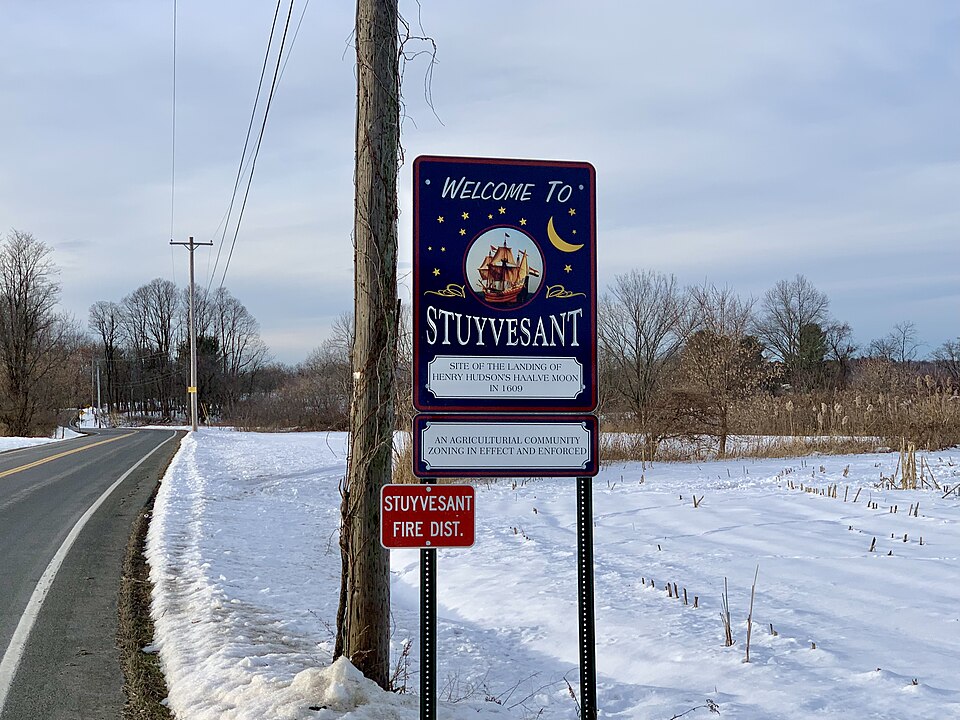
Stuyvesant edges the Hudson with marshes, birds, and quiet river views. Side roads end at old landings where you can hear tide shifts along the shore. Fields run to the water, and freight horns echo across flats. Trails flood after heavy rain, so waterproof boots help. The river breathes in and out with each tide, moving bullrush and driftwood slowly. Residents value calm more than busy storefronts. Expect limited services, long pauses at crossings, and sunsets that linger in orange light over the channel.
7. Germantown
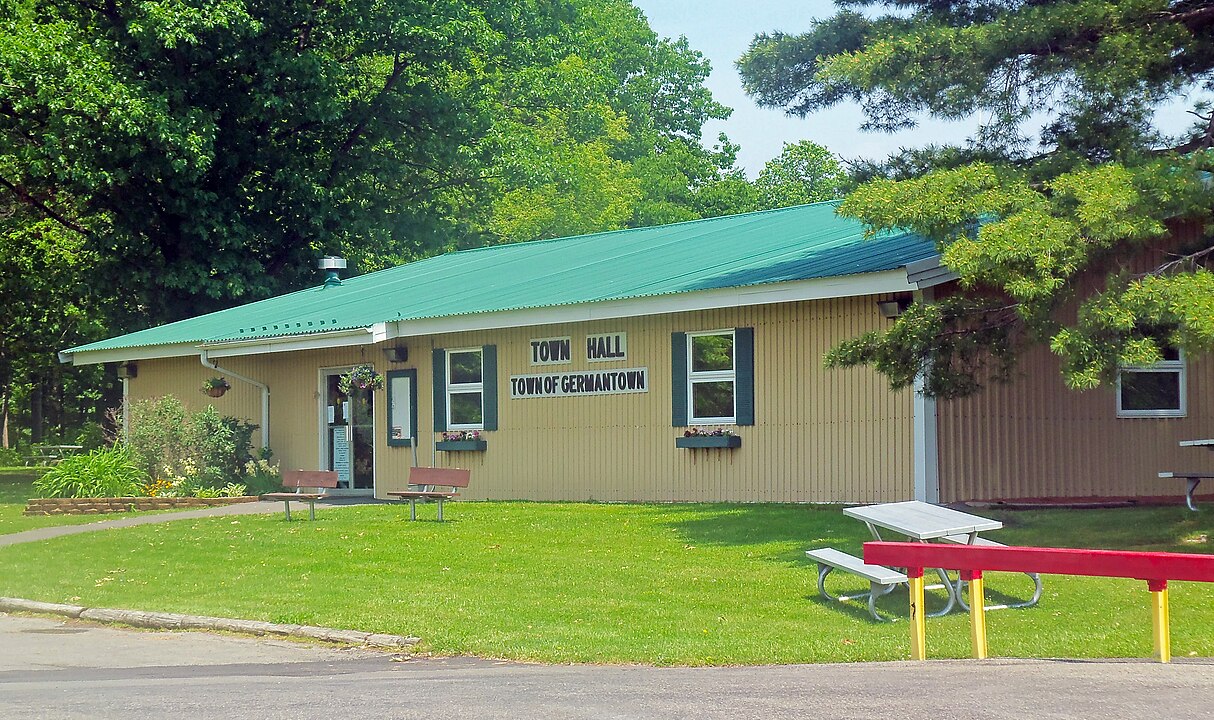
Germantown began with early settlers and still feels rural and open. Farm stands set out eggs and greens in season, often cash only. Roads curve past churches and barns, then drop to shaded creeks where trout hold behind stones. The Hudson appears and disappears between hedgerows. Even weekends feel quiet once you leave the main road. Respect private driveways, and use pull-offs for photos. Wind picks up from the river in the afternoon, so carry a light jacket, even in June.
8. Livingston
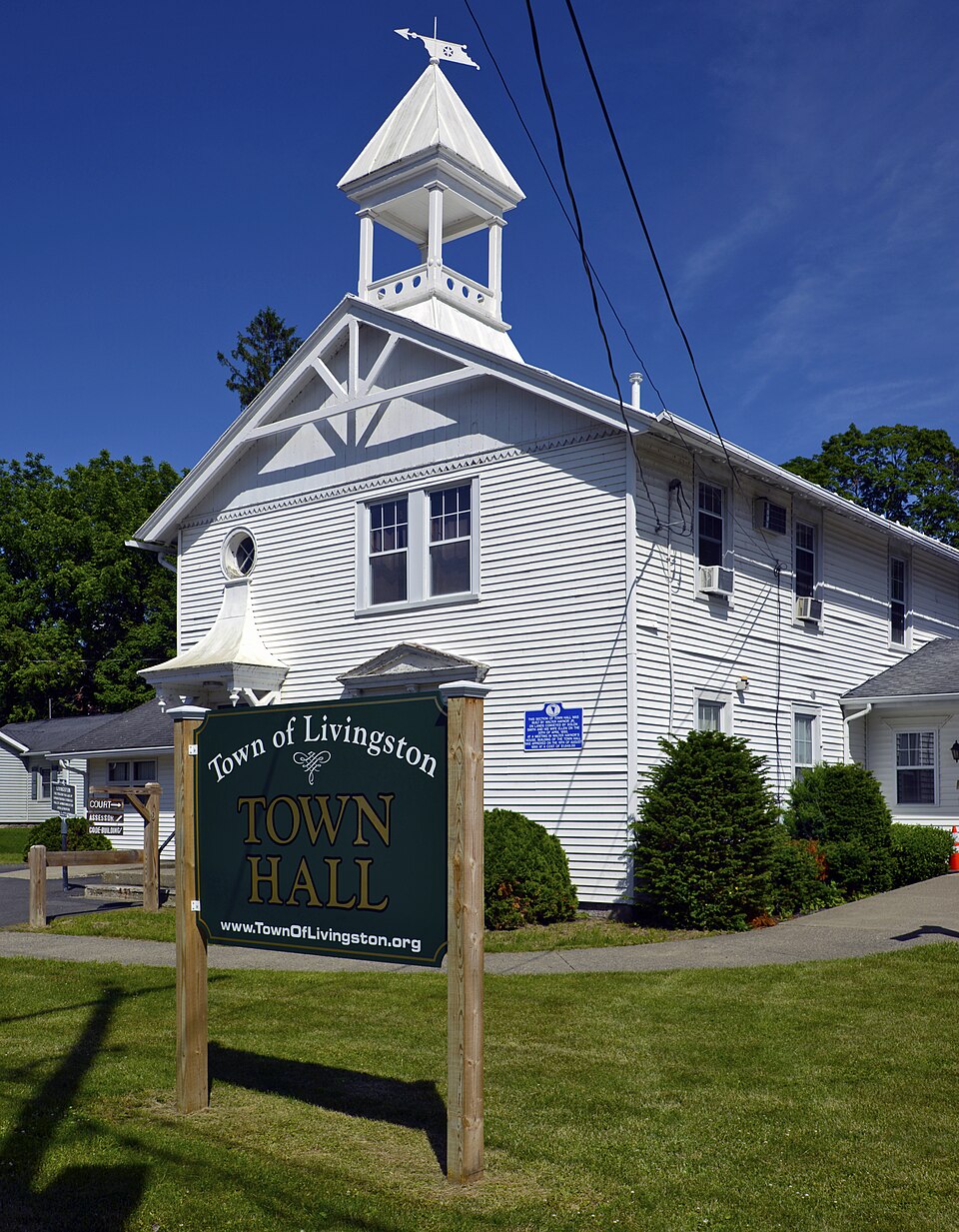
Livingston spreads across gentle hills south of Hudson. Old farmhouses sit far from the road, and long views open at every rise. You can hear crickets and the distant hum of a tractor instead of constant engines. Stores and gas are scattered, so top off before evening. Gravel lanes may dead-end at pasture gates, which keeps traffic down. In spring, mud clings to shoulders. Park on gravel, not grass. Owls call at dusk, and stars return as soon as porch lights go off.
9. Clermont
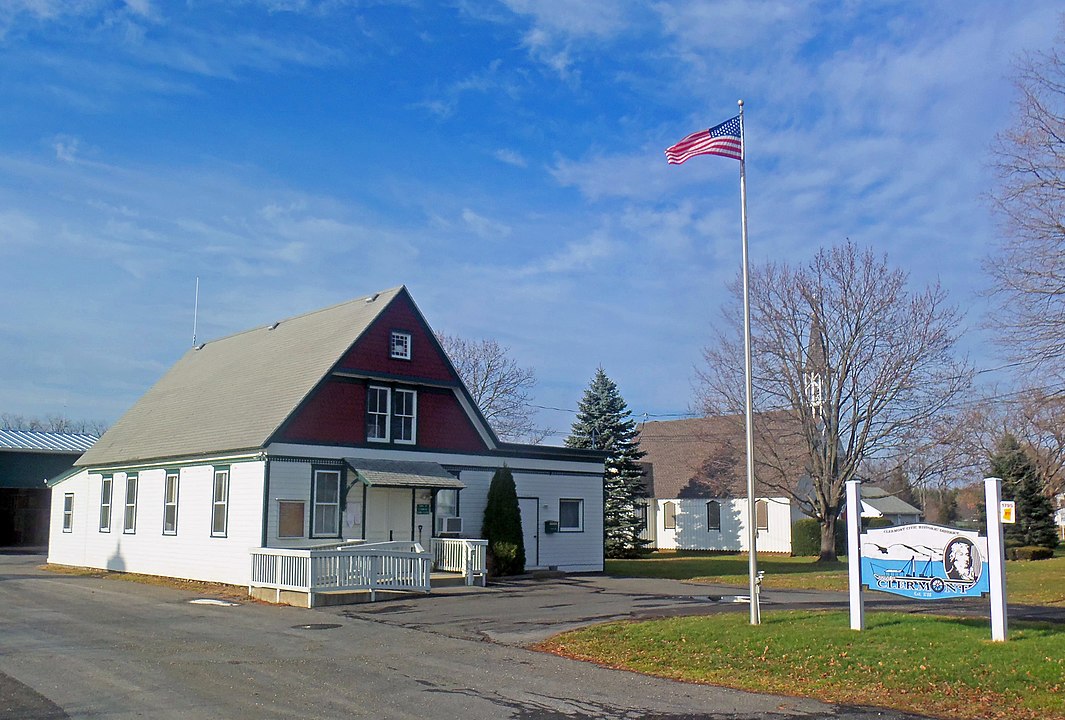
Clermont overlooks the Hudson from quiet lawns and tree lines. History sits softly here, with river breezes and big skies. Trails roll across meadows and down to overlooks where boats move slowly below. Picnics feel unhurried because there are few crowds, even on warm Saturdays. Stay on paths to protect old foundations and plantings. The scenery changes with the light, and evenings bring cool air off the water. Expect limited lighting after sunset and a night sky that feels bigger than the map suggests.
10. Taghkanic

Taghkanic is lake country with deep calm. The state park surrounds a long, clear lake where mornings begin with fog on the surface. Cabins hide in the trees, and paddles dip quietly as rentals slide out from shore. Rules keep motors minimal, which preserves the hush. Trails circle wetlands and sandy coves. Lifeguard hours vary with the season, so read signs. In fall, colors flare across the hills. Off-season weekdays feel almost private, with only wind and woodpeckers breaking the silence.
11. Gallatin
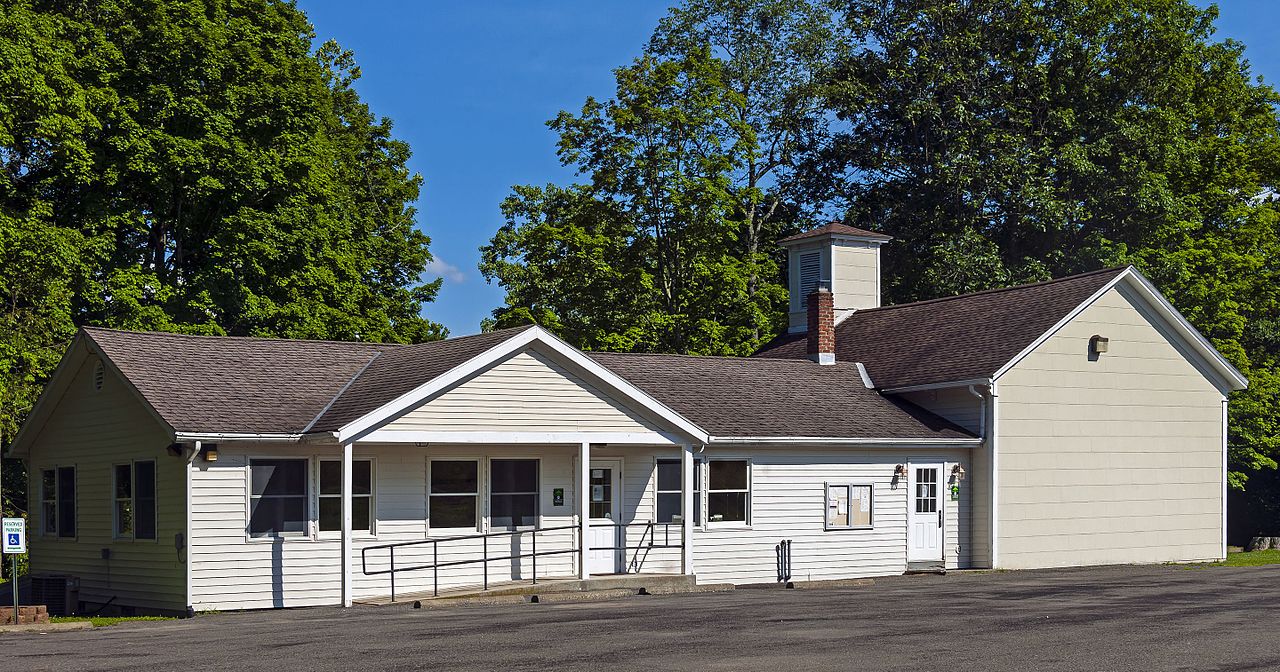
Gallatin sits on rolling ground near the Dutchess line. You will pass stone walls, ponds, and hayfields on the way to any trail. The road network is simple and slow, which helps the landscape stay quiet. Services are few, so bring water and a basic first-aid kit. Evenings settle softly across the fields, and frogs sing in roadside ditches after rain. Pull into full turnouts before stopping for photos, since many lanes are narrow. Night skies can surprise you with clear, bright stars.
12. Hillsdale
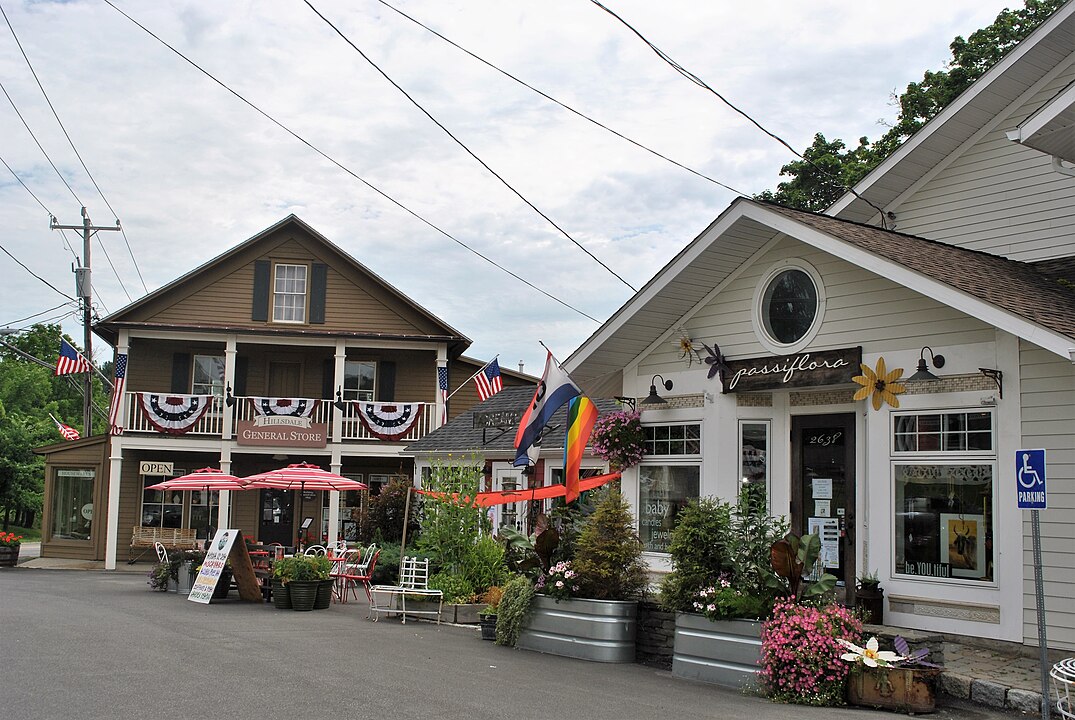
Hillsdale anchors the route toward Taconic State Park and shaded forest paths. The air cools quickly under tall trees, even in July. A short drive reaches overlooks where the horizon stacks in blue layers. Trails can be slick after storms, so tread carefully. Downtown stays calm outside holiday weekends, with simple cafes and low-key galleries. Parking is easy along side streets. The town’s mix of meadows and woods draws hawks and deer, which you will likely see at dawn or dusk.
13. Copake
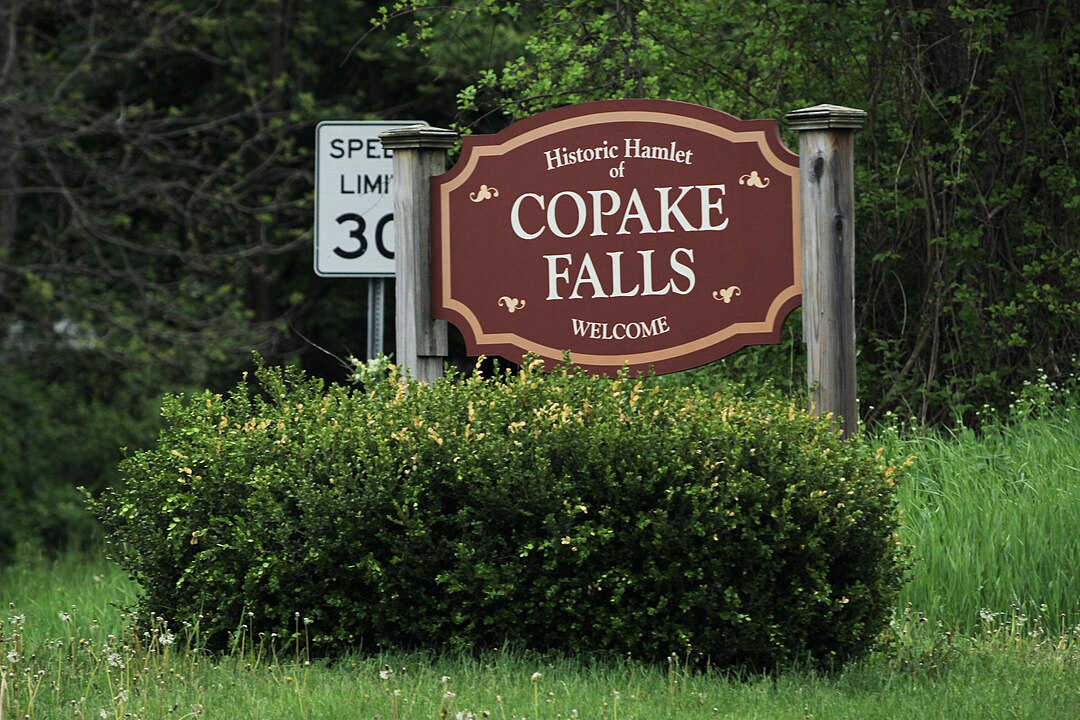
Copake spreads across fields and forests with a few hamlets tucked in the valleys. The falls area draws hikers to clear water and old iron works history. Families picnic near the brook, then wander quiet paths under hemlocks. Side roads lead to farm stands and small lakes where paddlers drift along lily pads. Even on warm weekends, traffic stays light once you leave the main route. Pack out trash and keep food sealed to deter curious raccoons near campsites.
14. Grafton
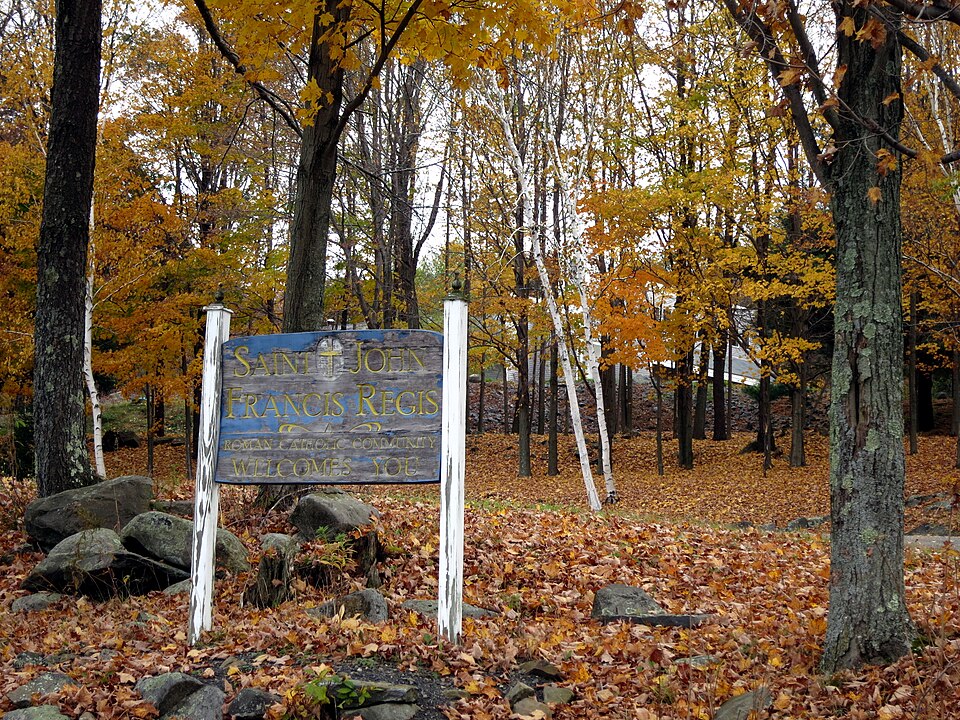
Grafton sits high on a plateau of ponds and pines. The state park holds sandy beaches, long trails, and calm water where canoe bows barely ripple the surface. In winter, the same routes turn into snow paths with fox tracks crossing at dawn. Cell service can fade near Shaver and Second Pond, which adds to the quiet. Bring a paper map and let the day slow down. Picnic tables spread out, so even busy days feel spacious and unhurried.
15. Berlin
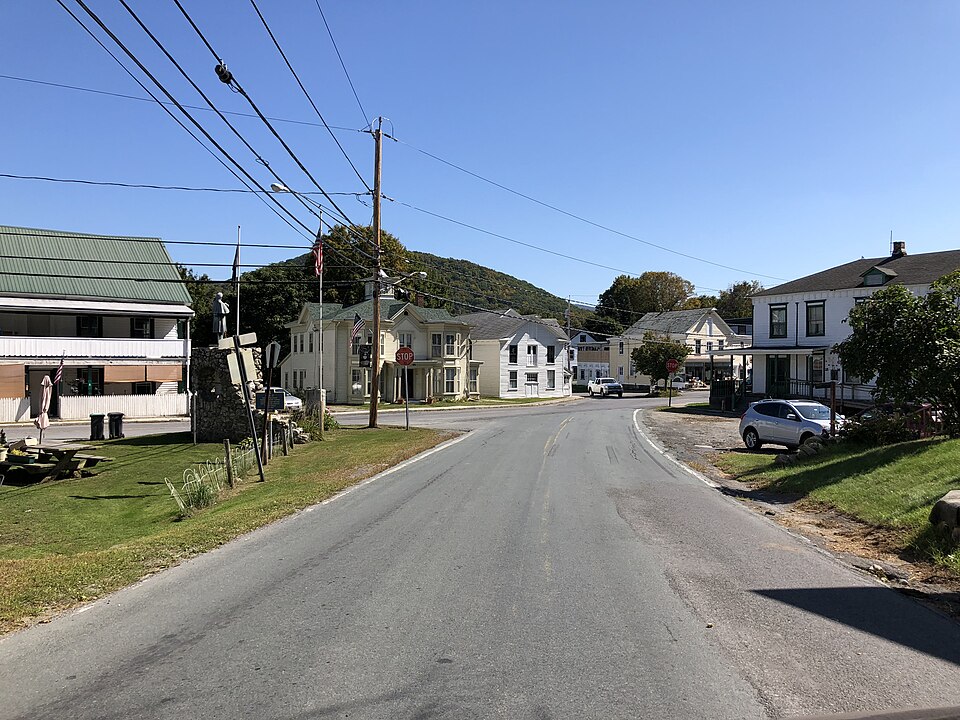
Berlin climbs toward the Taconic Ridge and the county’s highest point. The mountain breeze feels different up here, cooler and steady. Trails rise quickly, then open to views that run for miles on clear days. Weather changes faster at elevation, so layers help even in midsummer. The town itself is hushed, with simple services and friendly waves from porches. Evening winds pour down the ridge and rustle maples along main road bends.
16. Petersburgh

Petersburgh stretches along narrow valleys at the Vermont and Massachusetts lines. The Little Hoosick winds through fields and backyards, and small bridges cross with barely a sound. Forest roads can be rough after storms. A full-size spare and a slow pace make sense. Many trailheads are unmarked, which keeps them quiet but requires planning. Download coordinates and carry a compass. The reward is silence broken only by water over stones and the buzz of dragonflies near sunny bends.
17. Stephentown
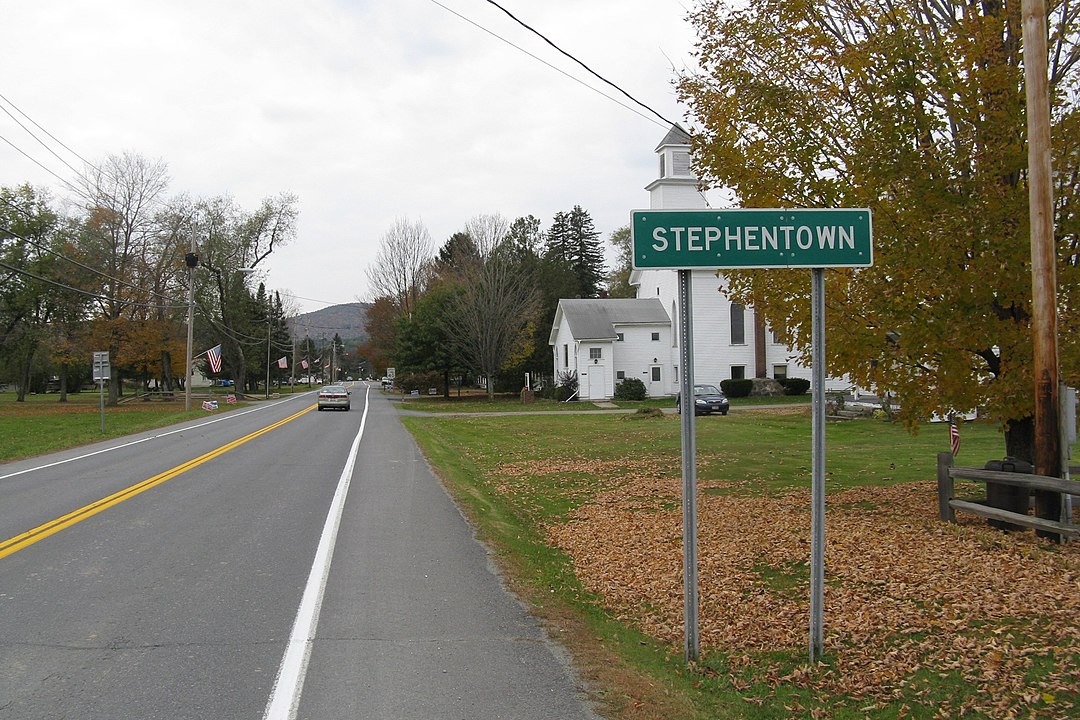
Stephentown calls itself the only one on Earth, and its hills feel kindly empty. Elevations reach high on local knobs, so views open and close as you drive. Kinderhook Creek threads the valley, with cool spots for wading where signs allow. After heavy rain, currents run fast and brown. Mornings are best for slow walks on gravel lanes. Evenings bring crickets and porch lights, then stars. Gas and groceries are limited after dark, which helps nights stay quiet.
18. Nassau
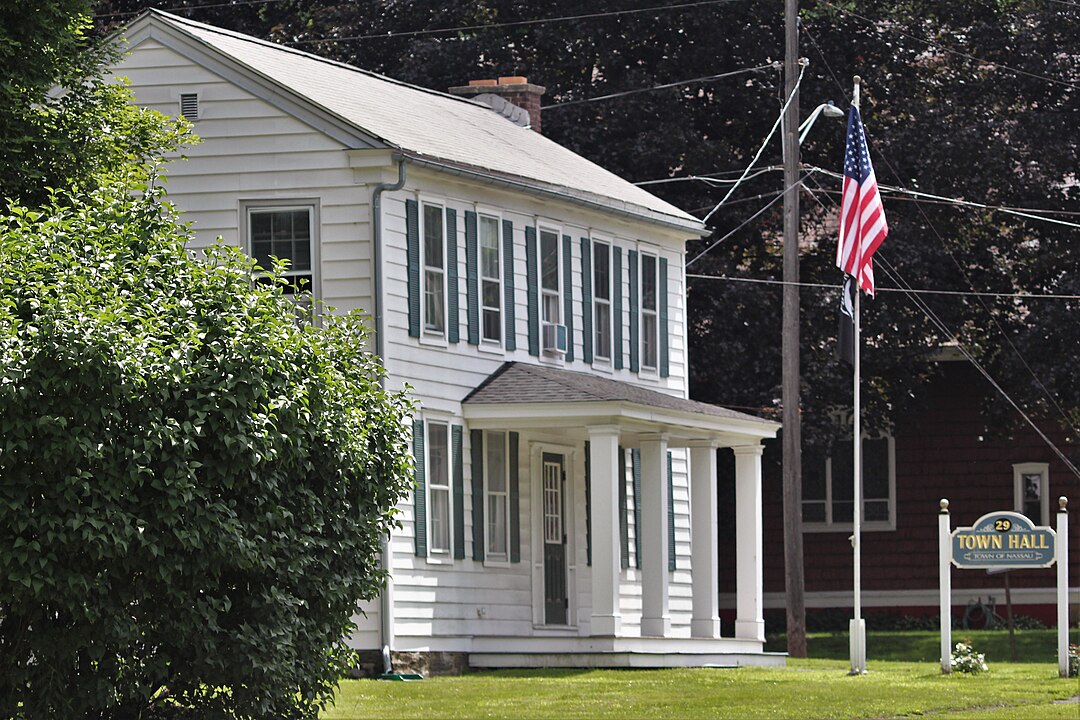
Nassau protects open fields and long grasslands, which means quiet roads and broad horizons. Farm trucks set the pace, not commuters. Villages and hamlets lie far apart, so plan errands in one trip. The sky feels close at sunrise over cut hay, and geese lift from ponds in small, noisy flocks. Pull fully off narrow lanes before photos. Respect crop rows and posted signs. The town’s calm comes from space, time, and steady work rather than busy storefronts.
19. Poestenkill
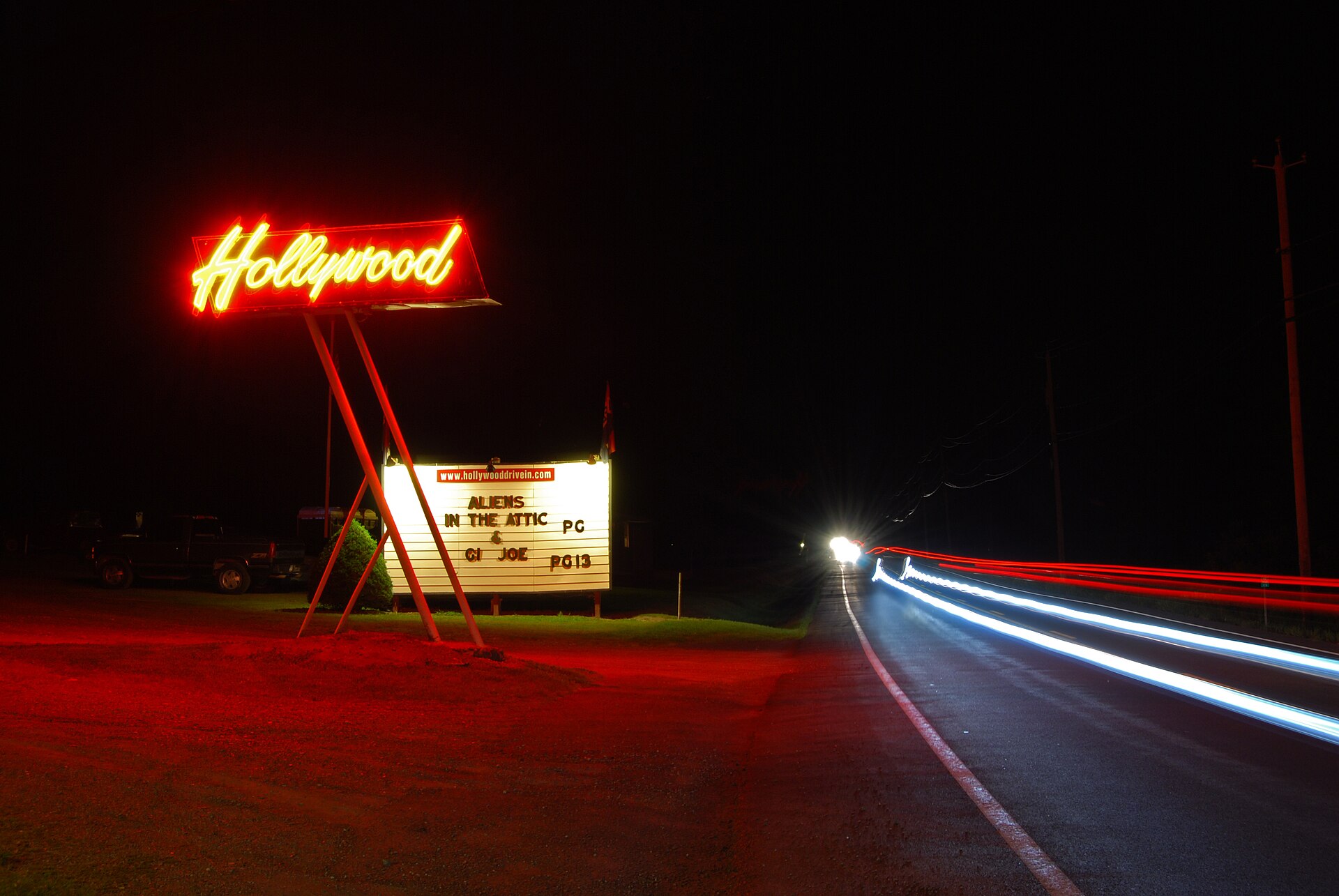
Poestenkill hides a tall waterfall in forest shade. Trails descend to a viewing deck where spray cools the air even in August. Signs ban swimming because currents under the falls are strong. Stay on marked paths and use handrails on steep sections. Back in town, roads curve through maples and past stone walls. Traffic is light, and the creek’s sound replaces engine noise. After rain, ledges are slick, so sturdy shoes help.
20. Sand Lake
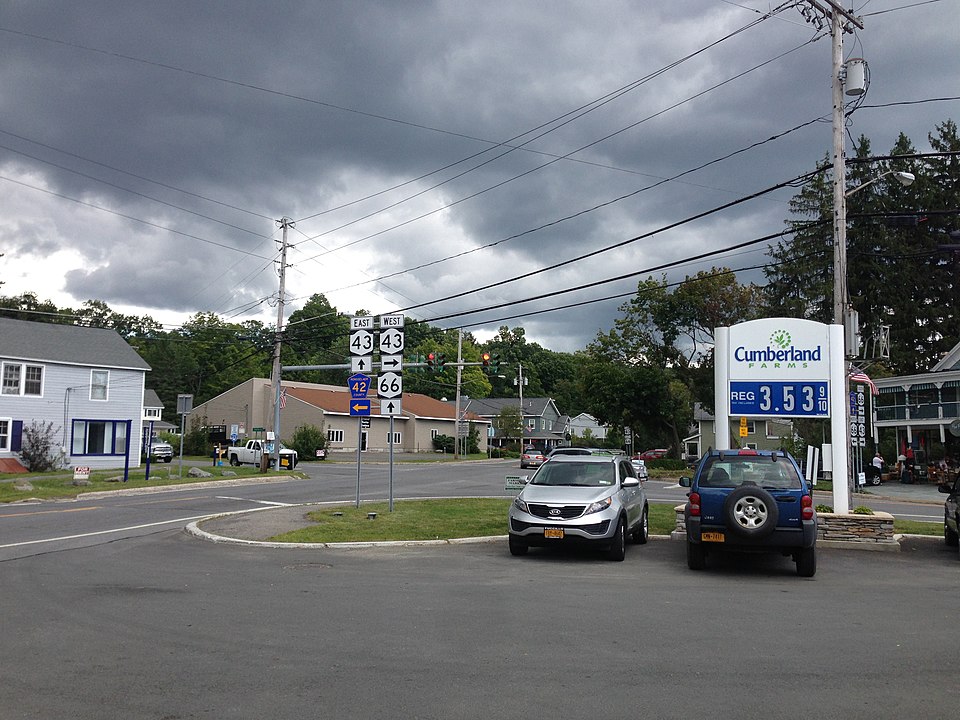
Sand Lake sits close to Albany yet feels far because forests wrap around three clear lakes. Cottages peek through pines, and small beaches host families in July. Boats idle near docks, and anglers cast at first light. Old mills once used the Wynants Kill, and you can still hear water slip through gates on quiet mornings. Many roads lack shoulders, so runners should face traffic and wear bright gear. Winter ice forms early in shaded turns, so slow down.
21. Cambridge

Cambridge keeps a classic main street and broad farm country just beyond. Summer mornings may launch colorful balloons from the school fields, then by noon the town returns to calm. The Battenkill flows nearby, gentle in July and brisk after spring rain. Cyclists and anglers share pull-offs, so park neatly. Backroads roll over low hills with big sky views. Even at peak season, a mile from the center feels like another world.
22. Salem
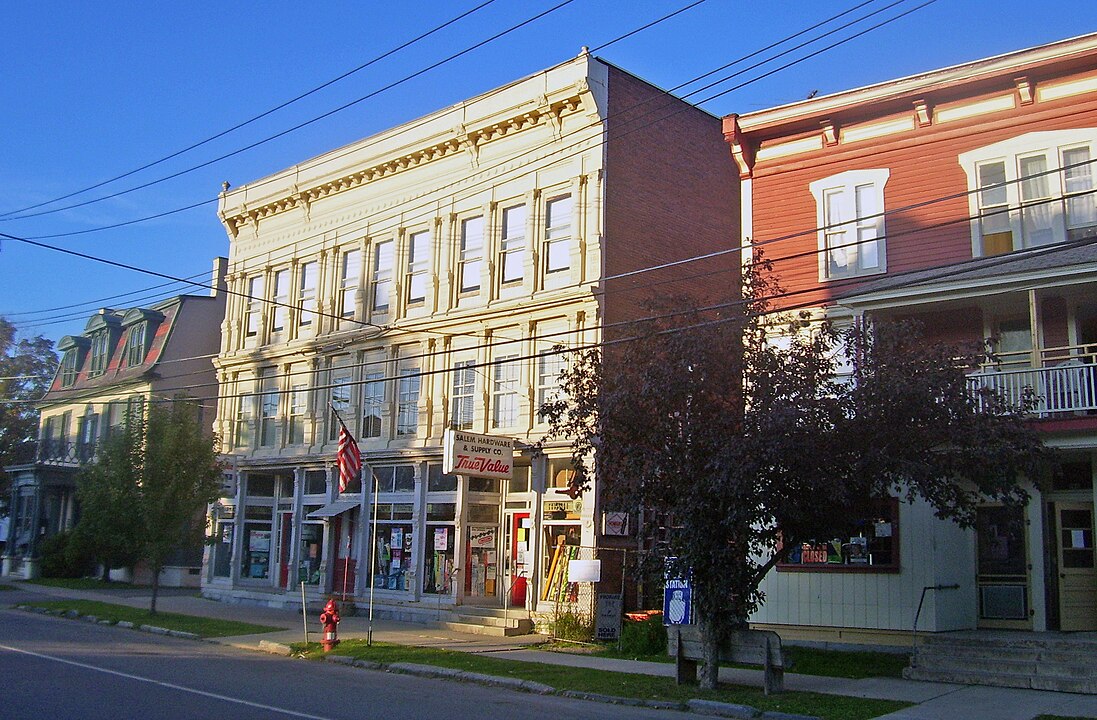
Salem’s fields run to hedgerows and a covered bridge spans the Batten Kill south of the village. The wooden truss feels like a step back in time. Please stand clear of lanes when photographing, as farm trucks use the crossing daily. Antique shops and cafes close early, which keeps nights quiet. On clear evenings, the last sun touches barn roofs, then the entire valley softens into blue.
23. Whitehall
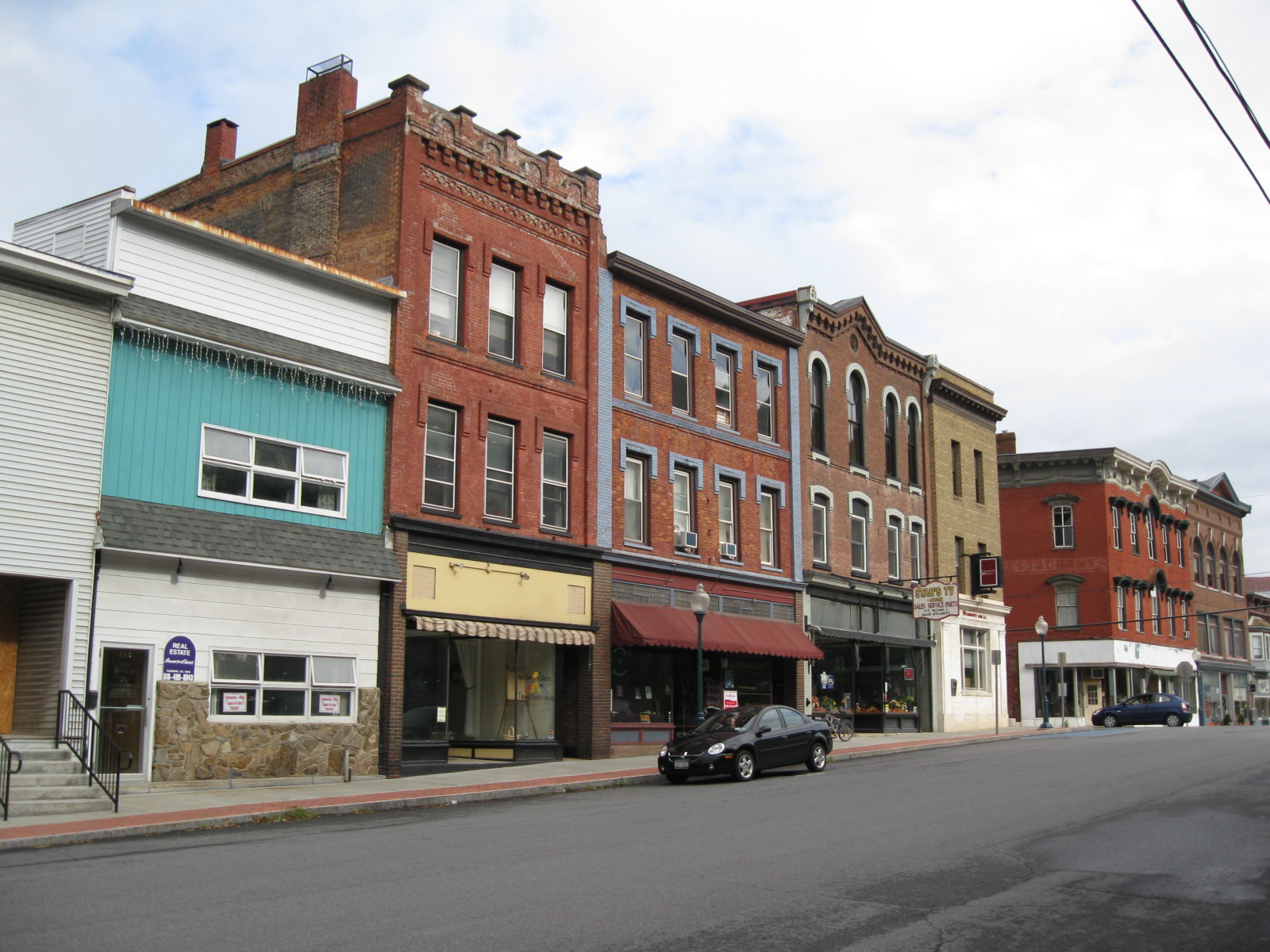
Whitehall rises from a narrow notch between water and ridge. Canal locks whisper in summer while trains slide along the lakeshore. A stone mansion looks out over the village, and side streets climb quickly to views. Wind funnels up the valley in winter, so dress warmly. The pace is slow even on weekends. Boats nose through quiet water, and the day seems to stretch as the sun follows the ridge line.
24. Crown Point
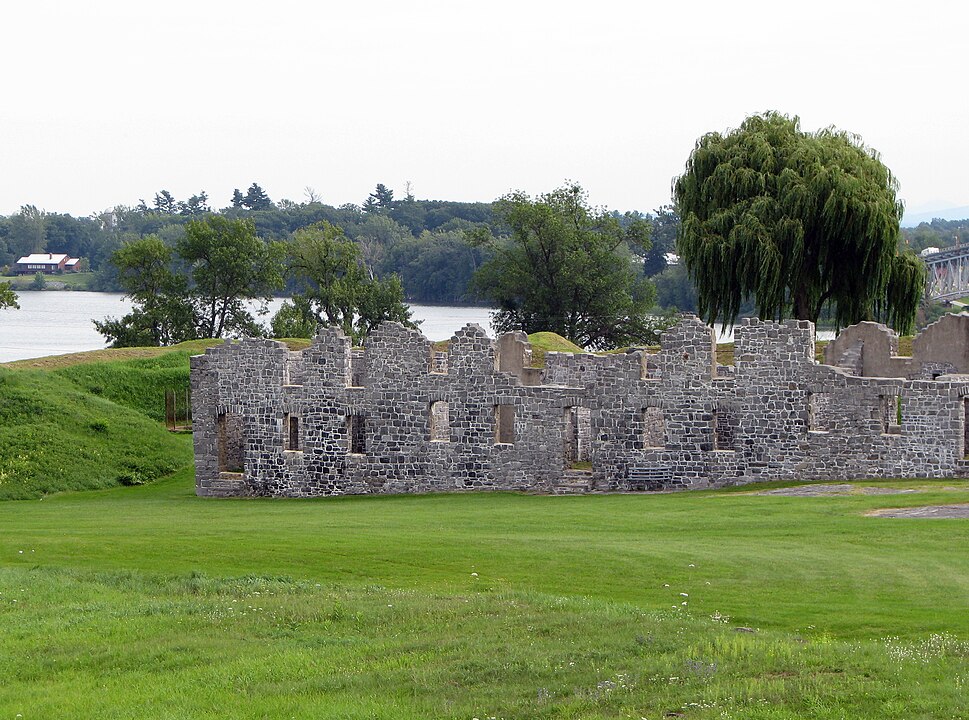
Crown Point sits on a bluff above Lake Champlain with grassed earthworks and wide water views. Paths weave through historic ruins and meadows where swallows swoop at dusk. The lake can whip up fast waves, so small boats launch on calm mornings and return before afternoon wind. Picnic areas lie far apart, which keeps conversations private. Stay on signed routes to protect masonry and fragile plants. Sunset brings gold light across the entire headland.
25. Ticonderoga
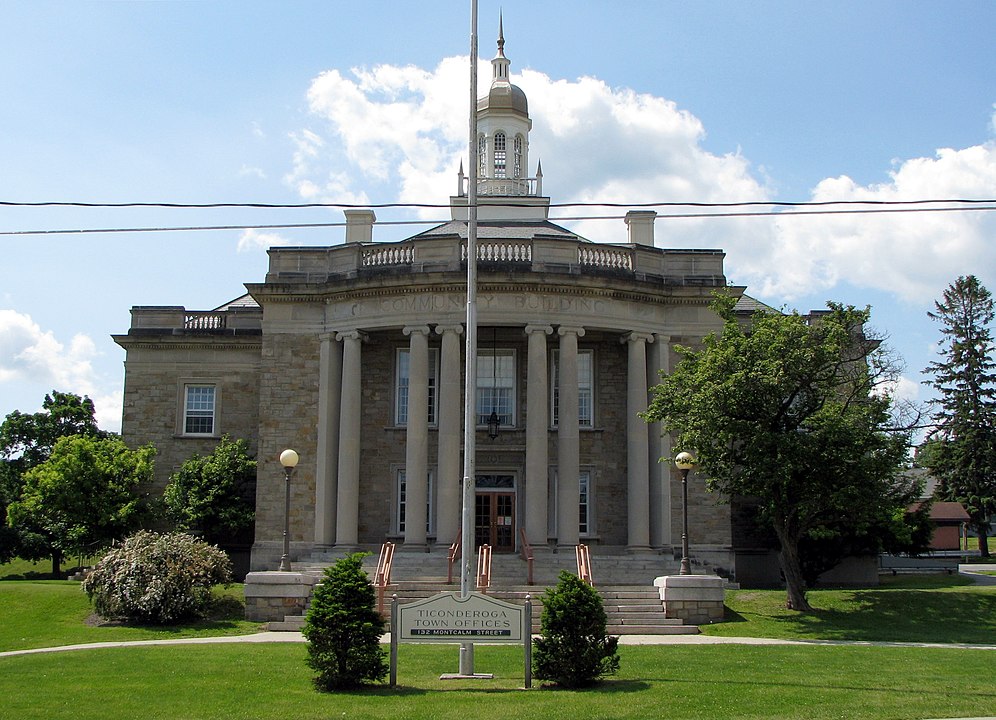
Ticonderoga rests between two famous lakes. Side roads reach small coves and quiet points where you can hear only waves and gulls. The village itself runs at an easy pace once day visitors leave. Hills rise on both sides, focusing wind through narrow water in late afternoon. Carry life jackets and check forecasts. After dinner, streets empty, porch lights glow, and the mountains frame a sky full of stars.
